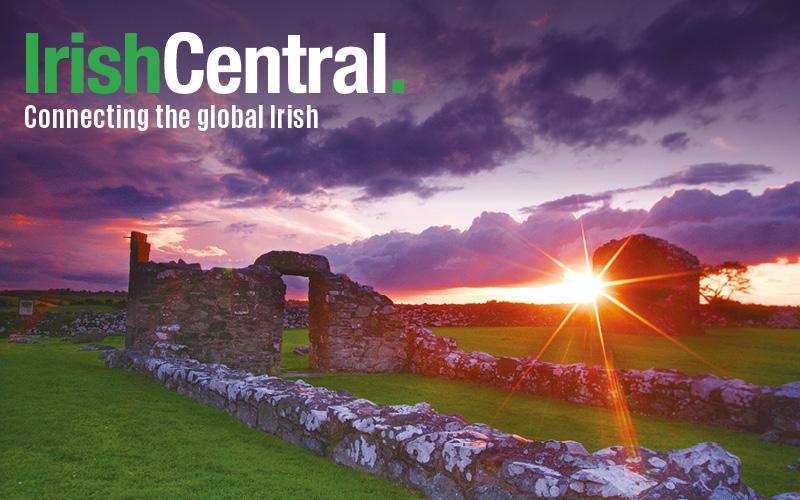Irish artist Michelle Rogers received an invitation in April to sketch the signatories of the Paris Agreement at the United Nations as 175 countries agreed to accelerate climate action. It was an historic moment marking the conclusion of years of negotiations to agree an international way forward on climate change.
Rogers’ invitation to sketch the signatories came from the very top. “I got an email from Ban Ki-moon, the secretary general, inviting me to attend the ceremony as an artist,” she tells the Irish Voice. “I don't know how he got my details. When I opened it and saw his name I asked myself if it was spam.”
Rogers, 50, is being modest. Her work has been shown internationally, including in New York for many years.
Based in Rome, where she lives in close contact with the Irish ex-pat community, she has carved out an increasing profile worldwide.
But it's not her career that is the guiding force behind her UN sketches: It's her commitment to the issue of climate change.
“Over the last seven or eight years I became increasingly alarmed about what I was reading. I was in New York for Hurricane Sandy and seeing half the city go out, no electricity under 14th Street, then the whole city gone kind of terrified me,” she says.
“I started reading a lot about climate change and attending different forums where scientists were talking. That gave me a good grounding in what's actually happening. But when I went to the major international arts fairs I realized there was nothing there at all. Nothing that I'd been listening to in the science community was being reflected in the arts.”
Since most of us live in or near cities it's a world of culture more than in a world of nature now, she says. Being from Ireland (she hails from Dundalk) has given Rogers a better sense of the contrast and shaped her view of the environment.
“Ireland teaches you to respect nature. The weather changes so much, it usually calls the shots and you have to adjust to it. That's a good thing to learn,” she says.
“My grandfather Hugh Murray lived in the country and he was very passionate about nature and fishing and mythology. They were all connected to him. He'd take us to the middle of a lake fishing and he'd tell us about Cu Chulainn and we'd learn how these stories connected us to the fish in the river and to the sky above our heads. It was an immense gift.”
Rogers knows that most people don't want to think about what could happen to the global climate in two or three decades, and she knows why.
“It's uncomfortable to think about. It's challenging too. It requires that we re-imagine how things are done. That's never a message that people like.
“There's also a timeline. The real crisis will hit in 20 or 30 years, so we try to put it on the long finger, even though each new year breaks the heat records of the last one and all of recorded history.”
Invited as an artist to capture the moment of the climate accord signing ceremony, a major honor for Ireland, Rogers drew her own interpretation of what she saw happening.
“In the drawings I tried to capture the hands of 175 countries that signed the climate accord. It was quite painful to do because it took hours, even though each individual signing took two or three seconds. I wanted to draw every hand that I could.”
Quick drawings of the signatories’ hands, looking in a way like a flock of birds, was Rogers’ human scale depiction of a truly momentous event. Secretary of State John Kerry, Ban Ki-moon and Oscar winner Leonardo DiCaprio were among the signers and guests, and Rogers sketched them all. It was her way of capturing the importance and the legacy of the event, an artistic rendition that contrasts with and complements the work of the press photographers.
“I was looking at these people and realizing that they're prime ministers and leaders, but they are also parents. In everything they talk about they mention their kids. Yes they're representing their countries but they're also representing their families. We are all in the same boat.”
To view Rogers’ work visit michellerogers.com.




Comments